Historic Mills in York Durham Headwater
Ontario’s Historic Mills: From Industry to Art and Heritage
The early industrialization of Ontario owes much to the ingenuity and functionality of its mills, which helped shape the province’s economy and landscape. These mills, particularly in regions like York Durham Headwaters, not only provided essential services to early settlers but also became community hubs around which towns grew. From gristmills and sawmills to woolen mills, each type of mill played a distinct role in transforming Ontario from a rugged wilderness to a flourishing agricultural and industrial hub. Today, many of these historic structures have found new life as heritage sites, art centres, and community spaces, allowing their stories to continue in modern forms.
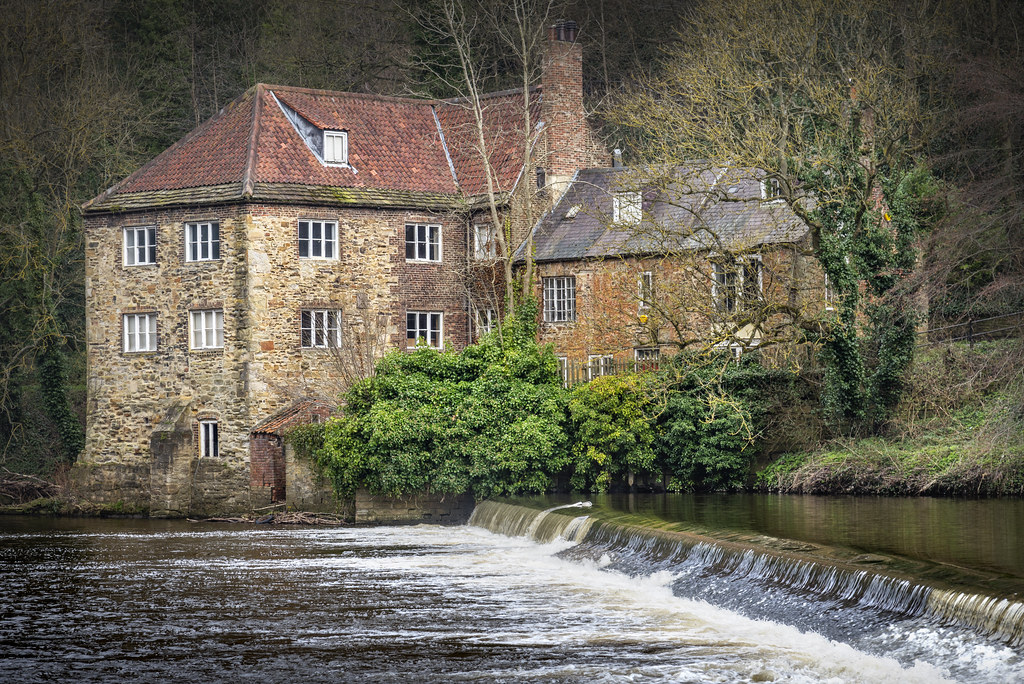
Old Fulling Mill
The Transformation of Ontario’s Historic Mills
As Ontario modernized, demand for traditional milling declined, and many of these mills ceased operations. But communities recognized the historical and architectural value of these mills and began restoring them for new purposes. Today, Ontario’s mills are celebrated as cultural landmarks, blending heritage with contemporary uses and providing visitors with a glimpse into the province’s past.
In the York Durham Headwaters region, several notable mills have become vibrant hubs for the arts, tourism, and community gatherings, including Tyrone Mills, Alton Mill Arts Centre, and Williams Mill Creative Art Studios.
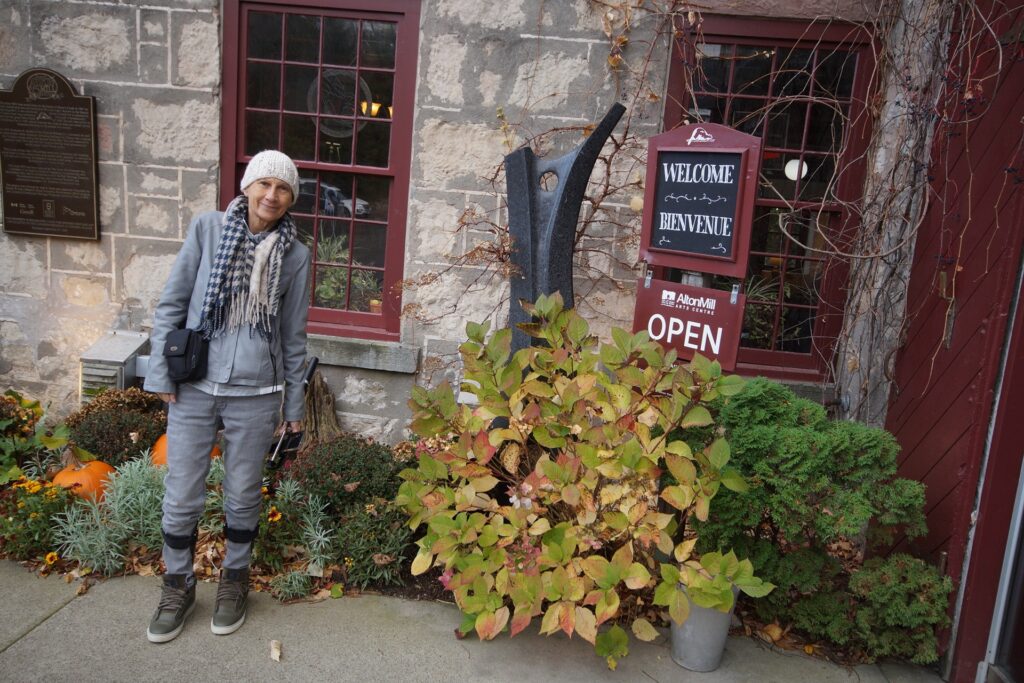
Alton Mill Arts Centre
Ontario’s Early Mills: The Beating Heart of Communities
Ontario’s milling industry began with the arrival of European settlers in the early 1800s. Rivers and creeks powered mills, enabling communities to process raw materials and sustain local needs. The most common types of mills included “gristmills” for grinding grain into flour, “sawmills” for cutting timber, and “woolen mills” for producing textiles. Each played an essential role in the lives of Ontario’s residents.

Old Schomberg Feed Mill
Gristmills: These mills turned locally grown grains into flour, an essential food source for settlers. Gristmills quickly became the center of agricultural communities, drawing people from miles around to grind their harvests.
Sawmills: Timber was one of Ontario’s earliest resources, and sawmills were built to process logs into lumber for building homes, barns, and other structures. The abundance of forests made sawmills vital to Ontario’s early development, supplying the raw materials needed for construction.
Woolen Mills: Ontario’s cold climate drove demand for warm clothing, and woolen mills supplied blankets, clothing, and textiles, sustaining local communities and supporting the province’s wool industry.
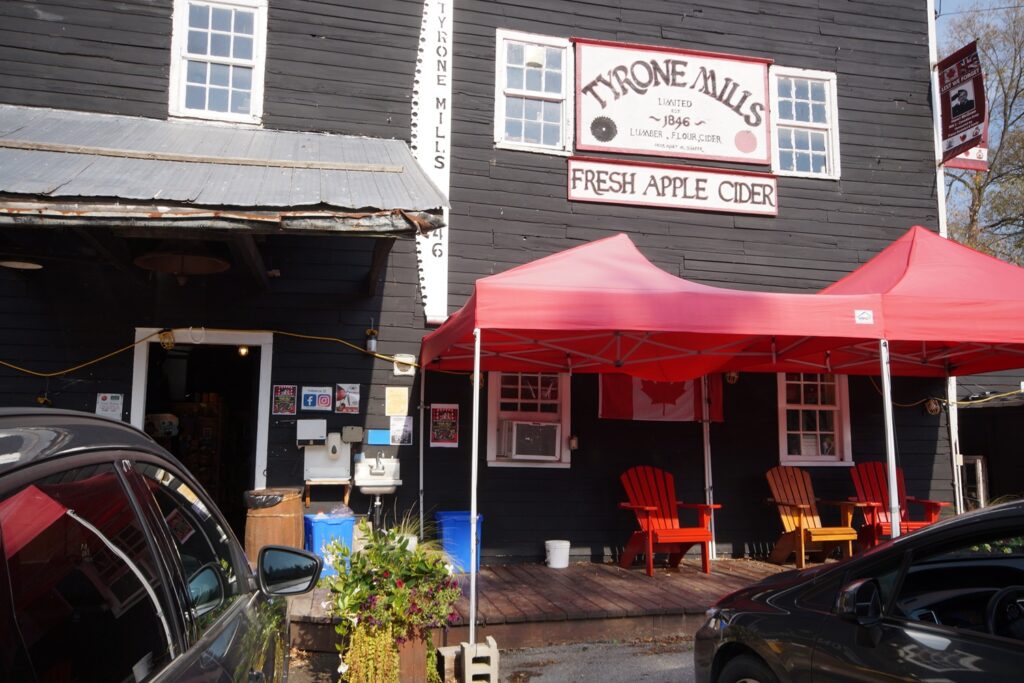
Tyrone Mills
The Legacy of Ontario’s Mills Today
Ontario’s historic mills stand as enduring symbols of resilience, adaptability, and community. By transforming these mills into spaces for the arts, commerce, and gathering, the York Durham Headwaters region has preserved a crucial part of Ontario’s heritage. Each of these mills serves as a reminder of the province’s industrious roots while showcasing how communities can breathe new life into historic structures.
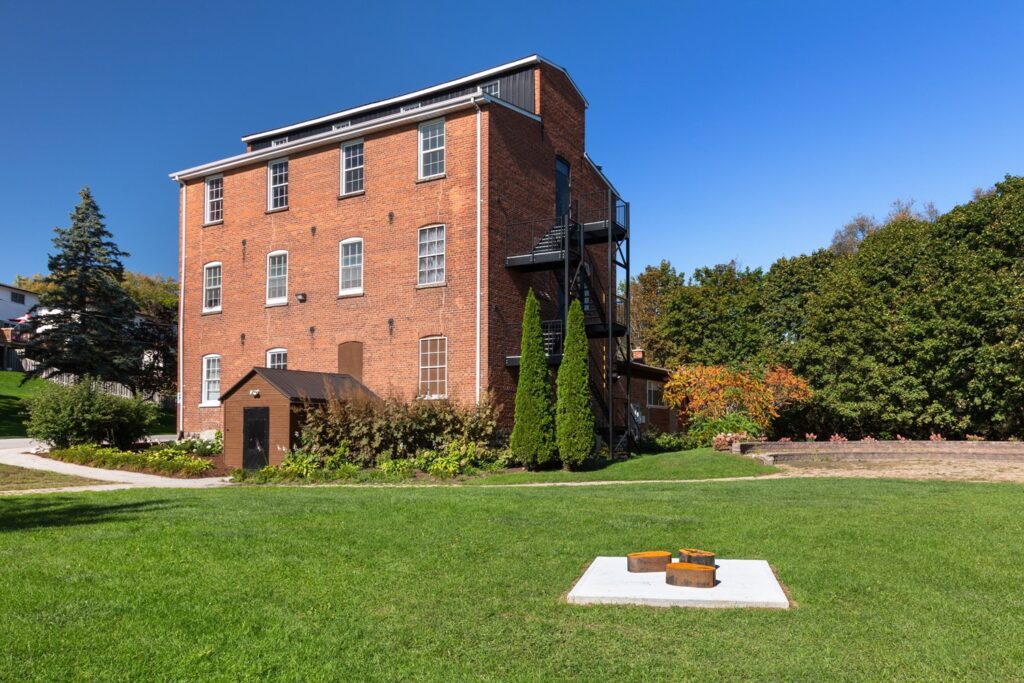
Visual Arts Centre of Clarington
Today, visiting these mills offers a unique experience, connecting modern visitors to Ontario’s rich past through the preserved architecture and continuing stories within their walls. Whether you’re exploring the working mechanics of Tyrone Mills, delving into the artistic energy of Alton Mill, or engaging with the creativity at Williams Mill, Ontario’s mills offer a year-round inspiring journey that merges history with contemporary culture. These structures, once essential to early life in Ontario, now thrive as historical treasures and cultural landmarks, celebrating both the heritage and ongoing vibrancy of the York Durham Headwaters region.
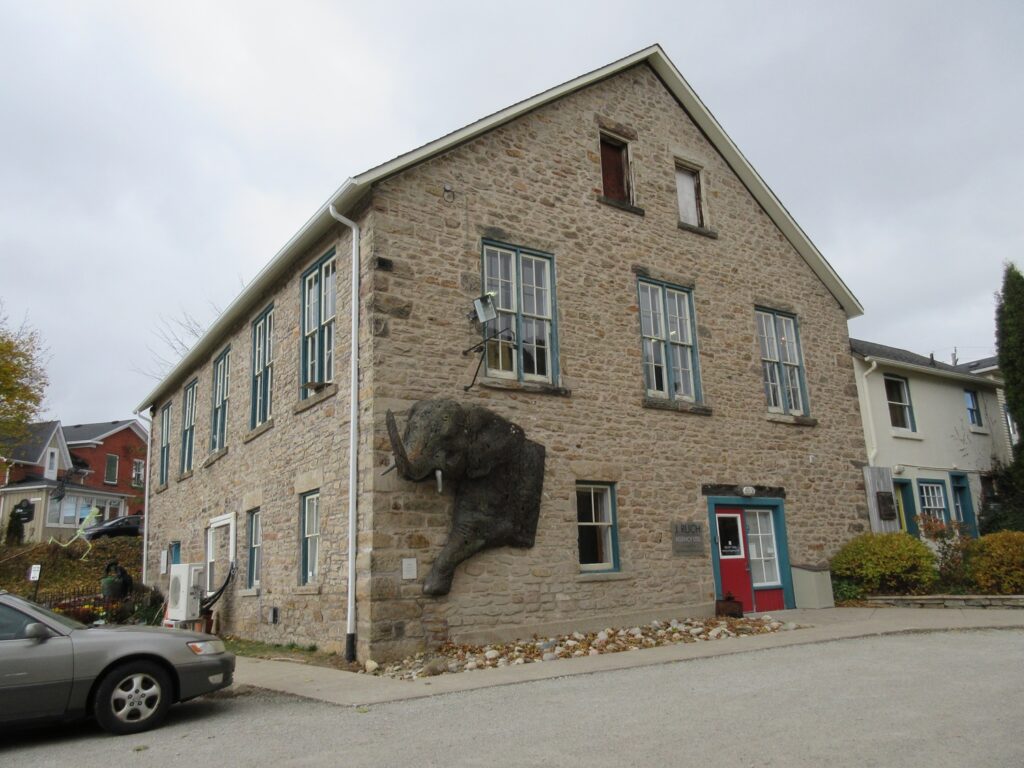
Williams Mill Creative Arts Studios
The Story Behind the Story
by Judi McWilliams, Ontario Visited
Gary and I recently had the pleasure of visiting three amazing York Durham Headwaters Historic mills.
Our first adventure was in the Village of Tyrone at the Tyrone Mill. Here we met and talked with mill owner Robert (Bob) Shafer. Bob was at home when we arrived, but generously altered his plans to meet us at the mill. We spent a wonderful hour plus chatting with Bob and learned so much about him and the Tyrone Mill. You can read our Tyrone Mill article at york-durham-headwaters-mills-tyrone-mills. The article includes several videos about the Mill and its history. As we left, Bob offered us a sampling of the Mills famous “Apple Cider Donuts”, WOW!
Our second tour was the Alton Mill Arts Centre. Like Tyrone, the Alton Mill is in a small rural village, Alton. The village is part of the larger community of Caledon but retains its historic charm. At the Alton Mill we were fortunate to speak with General Manager, Martin Kouprie. Martin was very busy that day and offered to talk more with us by Google Meet. After Martin, we talked with Sarah Sansom, who oversees the Mill’s Special Events and Marketing. Sarah’s enthusiasm for the Mill and its activities was captivating. Our interviews with Martin and Sarah can be found at york-durham-headwaters-mills-alton-mill-arts-centre.
Our final travels took us to the Village of Glen Williams (part of Halton Hills). Here we found the Williams Mill Creative Arts Studios. On our arrival, we were welcomed by Pauline Gladstone. Pauline knew that we were coming and was ready to give us a “grand tour” of the studios. To say that we were impressed would be an understatement. The whole complex is made up of a number art/artisan studios. While we toured, we were actually able at meet a number of the resident artists. Gary was able to video many of the artists as they worked. Unfortunately, the Mill’s owner was not available, but after our visit, Williams Mill owner, Doug Brock, contacted us and we arranged a Google Meet with him. Doug, who purchased the mill in 1985, was an amazing source of information about the Mill and its history. His story about the Williams Mill can be found at york-durham-headwaters-mills-williams-mill-creative-arts-centre.
We want to acknowledge our appreciation for everyone who took the time to speak with us. The story of York Durham Headwater Historic Mills is a commentary of the region’s past, present and its future.


